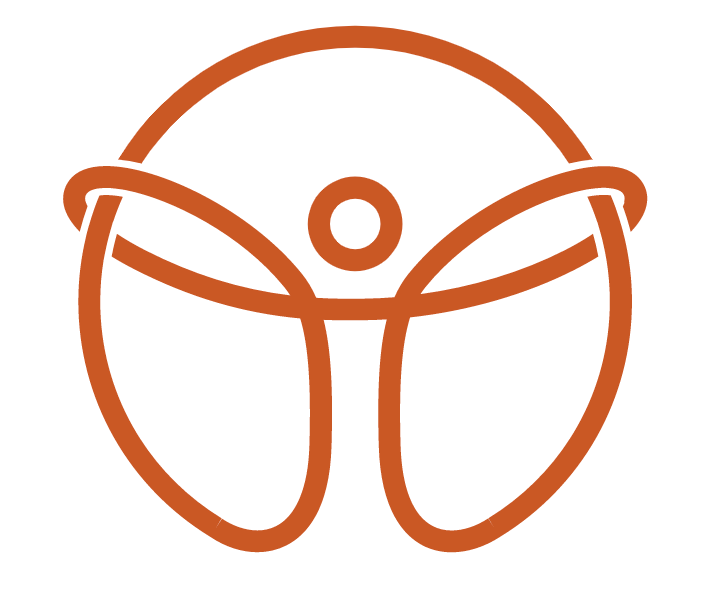Deciphering Wrist Pain: Beyond Carpal Tunnel Syndrome
Are you experiencing wrist pain? Before jumping to conclusions and assuming it’s Carpal Tunnel Syndrome (CTS), it’s crucial to understand that wrist pain can stem from various sources. At MVMT STL, we specialize in conservative management of various causes of wrist pain, and we’re here to help you navigate the complexities of wrist pain, distinguishing between different conditions and providing tailored solutions for your discomfort.
Understanding the Complexity of Wrist Pain:
Wrist pain is a common complaint with a myriad of potential causes. While Carpal Tunnel Syndrome is often the first condition that comes to mind, it’s essential to recognize that several other factors can contribute to wrist discomfort. Numbness and tingling in the hands and fingers can result from conditions like cubital tunnel syndrome, radial tunnel syndrome, tendonitis, arthritis, or even a simple muscle strain.
Differentiating Carpal Tunnel Syndrome from Other Types of Wrist Pain:
Carpal Tunnel Syndrome occurs when the median nerve, which runs from the forearm into the hand, becomes compressed or squeezed at the wrist. This compression leads to symptoms such as numbness, tingling, weakness, or pain in the hand and fingers, typically affecting the thumb, index, and middle fingers.
However, it’s crucial to recognize that not all wrist pain is indicative of CTS. Other common causes of wrist pain include:
Tendonitis: Inflammation of the tendons in the wrist due to repetitive movements or overuse.
Arthritis: Various forms of arthritis, such as rheumatoid arthritis or osteoarthritis, can affect the wrist joint, leading to pain and stiffness.
Sprains and Strains: Injuries to the ligaments or muscles around the wrist can result from sudden impacts or repetitive stress.
Fractures: A break in one of the bones in the wrist, such as the radius or ulna, can cause significant pain and swelling.
Utilizing Diagnostic Ultrasound for Accurate Diagnosis:
At MVMT STL, we employ advanced diagnostic tools like ultrasound to differentiate between various types of wrist pain accurately. Diagnostic ultrasound allows us to visualize the structures within the wrist in real time, including tendons, ligaments, nerves, and bones. This imaging technology aids in identifying the specific source of your pain and guiding appropriate treatment strategies.
Staging Carpal Tunnel Syndrome and Conservative Management:
Once diagnosed, staging Carpal Tunnel Syndrome helps determine the severity of the condition and guides treatment decisions. Conservative management options for CTS may include:
Splinting: In the early stages, wearing a wrist splint to keep the wrist in a neutral position and alleviate pressure on the median nerve may be necessary.
Physical Therapy: Targeted exercises to improve wrist strength and flexibility, as well as techniques to reduce inflammation and promote healing.
Chiropractic Manipulation: Gentle adjustments performed by chiropractors can help restore proper movement of the wrist joints, relieving pressure on the median nerve and reducing symptoms of Carpal Tunnel Syndrome.
Ergonomic Modifications: Adjusting workspace ergonomics to reduce strain on the wrists during daily activities.
Nerve Flossing: This technique involves gently mobilizing the median nerve by moving the wrist, hand, and fingers through a series of controlled stretches. This is typically performed in the later recovery phases.
Anti-inflammatory Medications: Non-steroidal anti-inflammatory drugs (NSAIDs) may help alleviate pain and reduce inflammation.
Corticosteroid Injections: Injections of corticosteroids into the carpal tunnel can provide temporary relief from symptoms by reducing inflammation around the median nerve.
Wrist pain can be debilitating, but it’s essential to recognize that Carpal Tunnel Syndrome is just one potential cause among many. At MVMT STL, our team of chiropractors and rehab specialists is dedicated to providing personalized care tailored to your specific needs. By utilizing advanced diagnostic techniques like ultrasound and offering comprehensive treatment options, we empower you to reclaim mobility and live pain-free.

